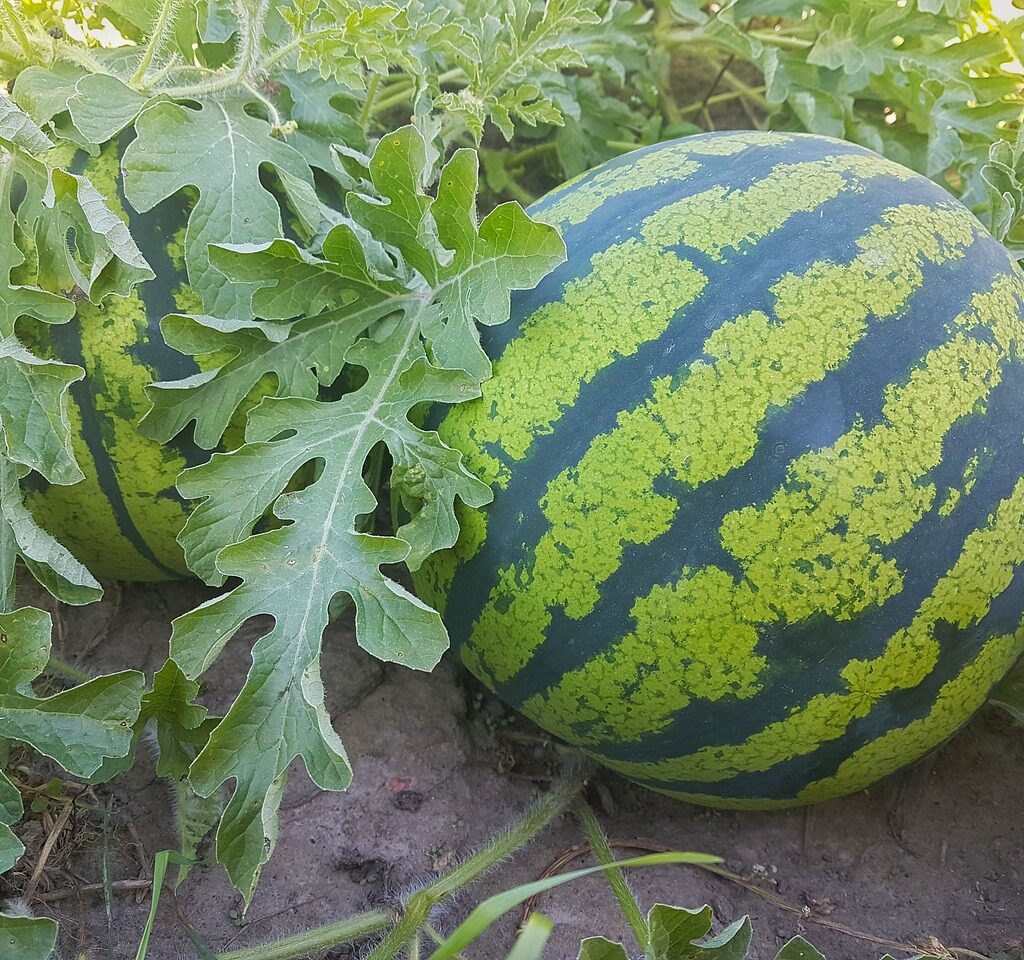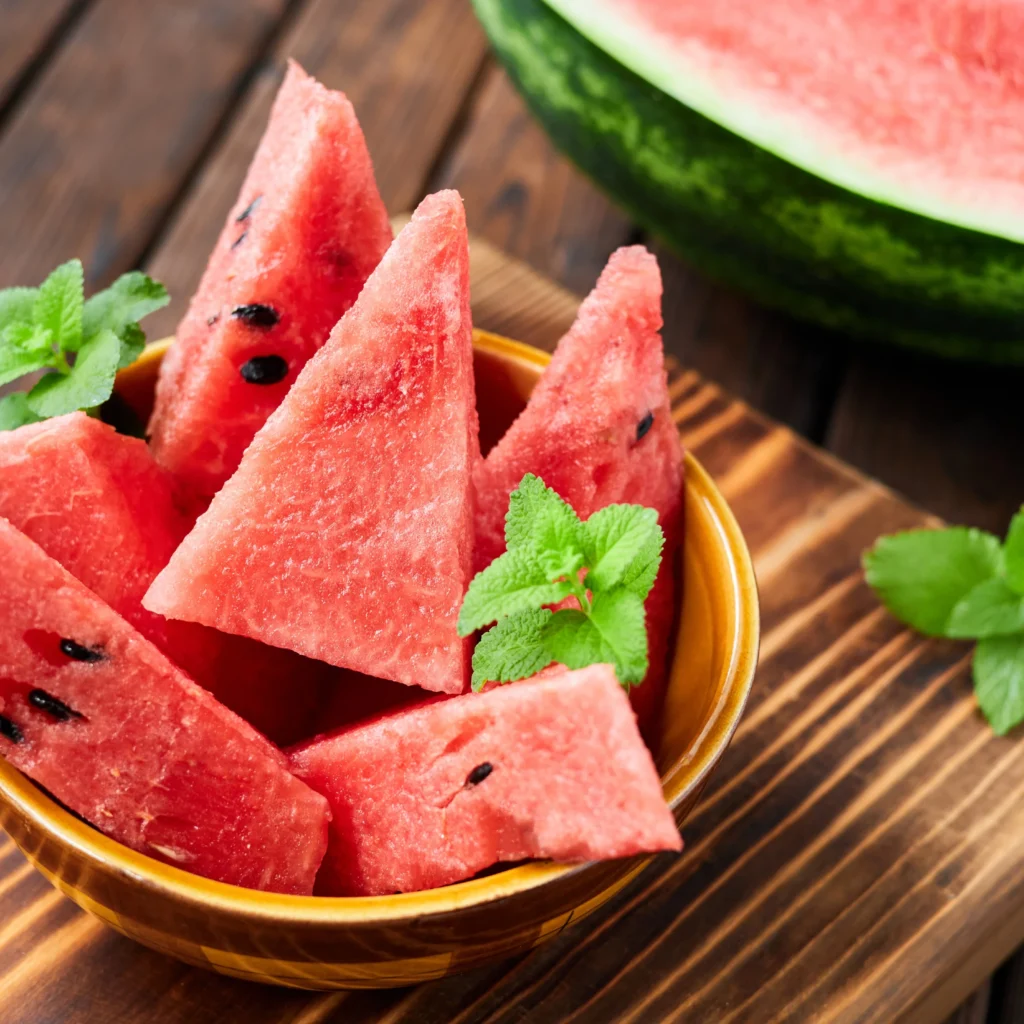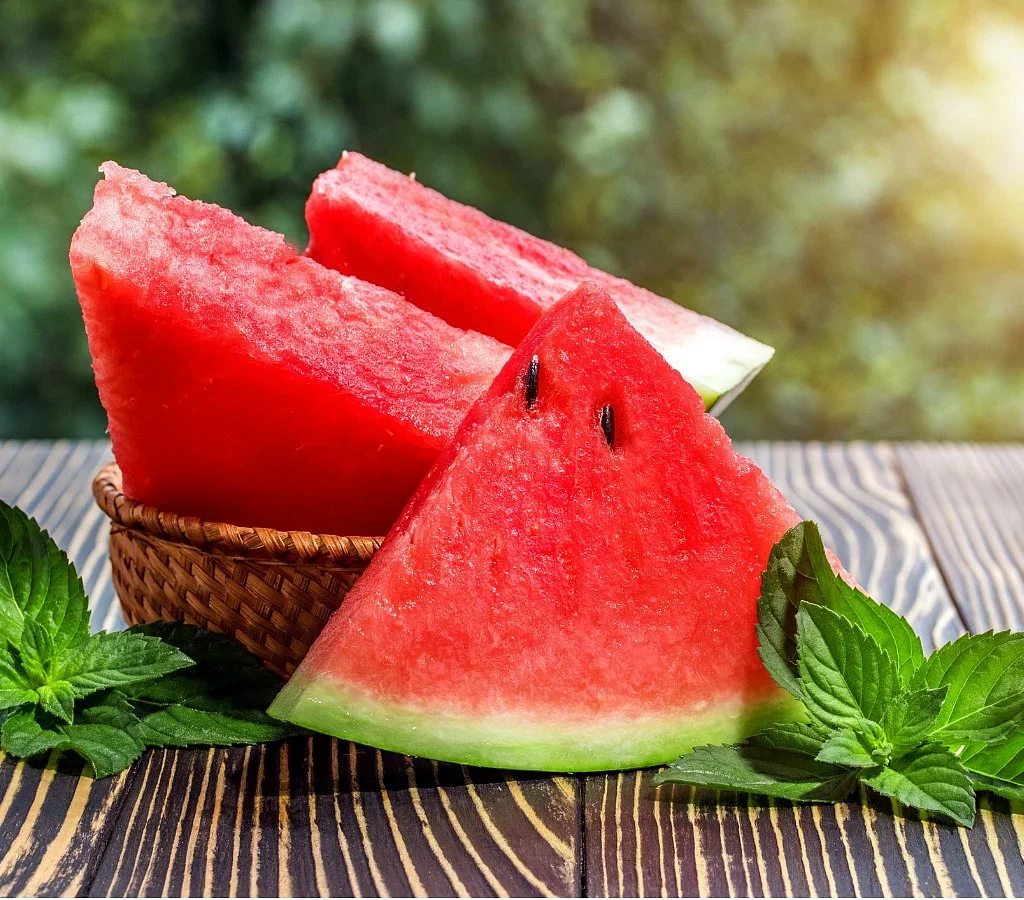When it comes to refreshing summer fruits, few can rival the juicy, sweet allure of watermelon. With its high water content, vibrant red flesh, and delightful sweetness, watermelon has cemented its place as a favorite treat around the globe. But have you ever wondered which country is responsible for producing the most watermelons in the world? The answer might not surprise you — China holds the crown as the world’s largest watermelon producer by an impressive margin.
In this article, we’ll explore the fascinating journey of watermelon cultivation, the reasons behind China’s dominance in watermelon production, other major producing countries, and the global importance of this beloved fruit.
A Brief History of Watermelons

Before diving into modern production statistics, it’s worth taking a look at where watermelons originated. Watermelon (Citrullus lanatus) is believed to have originated in the deserts of southern Africa, where it grew as a wild fruit with a hard rind and bitter flesh. Ancient Egyptians were among the first to cultivate watermelons over 5,000 years ago, as evidenced by watermelon seeds found in the tomb of King Tutankhamun.
From Egypt, watermelons spread throughout the Mediterranean region and into Europe and Asia. Through selective breeding over centuries, farmers transformed the bitter, wild fruit into the sweet, juicy watermelon we enjoy today.
Why Is China the Largest Watermelon Producer?
1. Favorable Climate and Geography
China’s vast territory encompasses a range of climates, but its subtropical and temperate zones, especially in provinces like Henan, Shandong, Hebei, and Xinjiang, provide ideal growing conditions for watermelons. These areas enjoy warm, sunny summers with low humidity, perfect for cultivating watermelons that require long periods of heat to develop their signature sweetness.
2. Centuries-Old Cultivation Tradition
Watermelon farming in China dates back hundreds of years. Over generations, Chinese farmers have perfected the art of growing watermelons, developing numerous varieties that thrive in different regions of the country. Traditional knowledge, combined with modern agricultural techniques, has enabled Chinese farmers to achieve exceptional yields.
3. Large Agricultural Workforce and Land
As the most populous country in the world, China has an extensive agricultural workforce and vast areas of arable land dedicated to food production. Watermelon farming is particularly popular among smallholder farmers, who can cultivate it as a high-return cash crop during the summer season.
4. High Domestic Demand
Chinese consumers have a deep cultural appreciation for watermelon, particularly in the summer months. It’s a staple at family gatherings, picnics, and festivals. This immense domestic demand ensures that watermelon farming remains profitable and widespread across the country.
5. Government Support and Technological Advancement
In recent decades, China’s government has invested heavily in agricultural modernization, providing subsidies, research, and infrastructure for farmers. Innovations in seed technology, irrigation systems, and pest control have further boosted watermelon yields.
How Much Watermelon Does China Produce?

According to the Food and Agriculture Organization (FAO) of the United Nations, China produces an astounding over 60% of the world’s watermelon supply. In recent years, China’s annual watermelon production has consistently surpassed 60 million metric tons.
To put this in perspective, the total global production of watermelon is around 100 million metric tons. This means that China grows more watermelons than all other countries combined.
Other Major Watermelon-Producing Countries
While China is by far the largest producer, several other countries also contribute significantly to global watermelon production. Here’s a look at the top watermelon-producing nations after China:
1. Turkey
Turkey ranks second in global watermelon production, with around 3-4 million metric tons annually. The country’s warm Mediterranean climate is ideal for watermelon farming, particularly in provinces like Adana, Mersin, and Antalya. Turkish watermelons are known for their large size and intensely sweet flavor.
2. India
India is another major watermelon producer, contributing approximately 2-3 million metric tons to the global supply. Watermelon is cultivated across various Indian states, including Karnataka, Tamil Nadu, Andhra Pradesh, and Maharashtra. In India, watermelon is especially popular during the scorching summer months, both as a fresh fruit and in beverages.
3. Iran
Iran produces about 2 million metric tons of watermelons annually. The country’s arid and semi-arid regions, combined with extensive irrigation systems, allow for the successful cultivation of watermelons. Iranian watermelons are appreciated for their crisp texture and vibrant color.
4. Brazil
In South America, Brazil stands out as a top watermelon grower, with an annual production of around 2 million metric tons. Brazilian watermelons are typically large and are a popular treat during the country’s festive summer season.
5. United States
The United States produces around 1.5-2 million metric tons of watermelons each year, with major growing regions in states like Florida, Texas, Georgia, and California. American watermelons are a staple at summer cookouts, Independence Day celebrations, and state fairs.
Global Importance of Watermelon Production

1. Nutritional Value
Watermelon is more than just a tasty fruit — it’s a healthy one too. It’s made up of about 92% water, making it an excellent hydrating snack. It’s also a good source of vitamins A and C, potassium, and the antioxidant lycopene, which has been linked to heart health and cancer prevention.
2. Economic Impact
Watermelon farming provides income and employment to millions of farmers worldwide. In many rural areas, particularly in China and India, watermelon cultivation is a crucial source of livelihood during the summer months.
3. Cultural Significance
In many countries, watermelon is associated with cultural traditions and festivals. In China, it’s a popular treat during the Lunar New Year and summer holidays. In the United States, watermelon-eating contests and seed-spitting competitions are common summer activities.
4. Export and Trade
While most watermelons are consumed domestically in their countries of production, international trade in watermelons is also significant. Major exporters include Spain, Mexico, and the United States, with key markets in Europe, Canada, and the Middle East.
Interesting Watermelon Facts

- The heaviest watermelon ever grown weighed 159 kg (350.5 lbs), grown by Chris Kent of Sevierville, Tennessee, USA, in 2013.
- There are over 1,200 varieties of watermelon grown worldwide.
- Watermelons come in various colors, including red, pink, orange, yellow, and even white.
- The world’s most expensive watermelon, the Densuke watermelon, is grown only on Japan’s Hokkaido Island. A single fruit can fetch up to $6,000 at auction.
Conclusion
Watermelon is undeniably one of the world’s most cherished fruits, celebrated for its refreshing taste, nutritional benefits, and cultural significance. As we’ve explored, China is the undisputed leader in watermelon production, thanks to its favorable climate, extensive farmland, skilled agricultural workforce, and high domestic demand.
While other countries like Turkey, India, Iran, Brazil, and the United States also contribute substantially to the global watermelon market, no other nation comes close to matching China’s staggering production levels.
So, the next time you bite into a sweet, juicy slice of watermelon, there’s a good chance it originated from a sprawling farm somewhere in China — the watermelon capital of the world.





